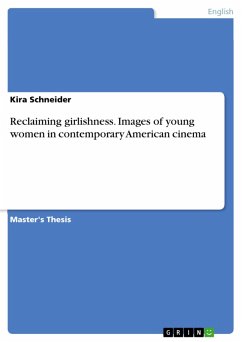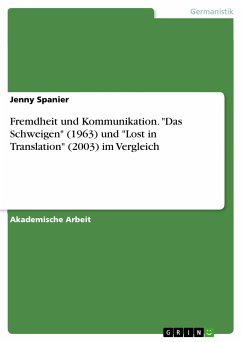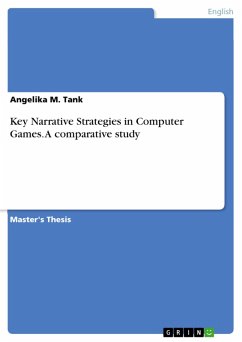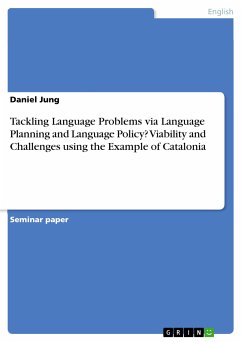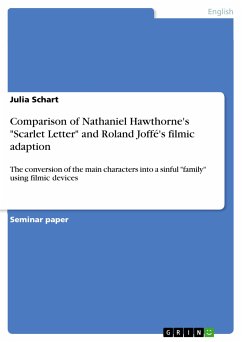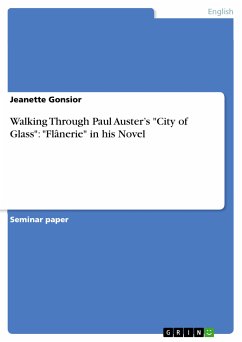Master's Thesis from the year 2018 in the subject English Language and Literature Studies - Other, grade: 1,0, University of Cologne (Anglistik), language: English, abstract: This thesis will be an exploration of the images of young women that Clueless, The Virgin Suicides, Lost in Translation and Marie Antoinette provide, to shine a light on what makes them stand out against other films of this type, and why they continue to appeal so intensely to female audiences. To provide the context in which their films were created and to explore their impact, the first part shall give a brief introduction to the backgrounds and styles of both directors. In extension, attention will be paid to the cultural, postfeminist context of the four films as part of a discussion in how far a postfeminist mindset provides new possibilities for female characters, while simultaneously upholding old patriarchal patterns and rules that prevent a true liberation of girls and women, and how Heckerling and Coppola treat this ambiguity in their works. Since the focus lies on female subjectivity and agency of the girlish young woman and how it is portrayed in cinema, most of this thesis is dedicated to an examination of the films' storytelling and visuals - investigating and comparing the points of view in the films, how they are set up and how the camera work supports that; the use of voiceover narrators, dialogue and silences as means to interrogate the position of the girls within the framework of power dynamics in their respective stories; intertextual references, as well as instances of parody or pastiche and how they create subtext that sometimes amplifies straightforward messages of a film, and sometimes questions it; and, ultimately, costumes, and the role of fashion and clothes in feminine expression, as well as the recovery of female agency against the backdrop of the specularisation of women in cinema. Finally, the last part will pay attention to where the four films by Coppola and Heckerling fit within current discourses of what constitutes feminine aesthetics and feminine cinema, as well as feminist film studies per se, with a special focus on Luce Irigaray as an innovator of the ways how women in cultural texts are read and constructed. Hopefully, by the end it will be shown that Clueless, The Virgin Suicides, Lost in Translation and Marie Antoinette are all coined by a longing for transformation of current cultural conditions, illuminating the figure of the contemporary girl, her pains and pleasures, and allowing her to take shape on screen as a rounded, active character with own desires, powers and ambiguities within.
Dieser Download kann aus rechtlichen Gründen nur mit Rechnungsadresse in A, B, BG, CY, CZ, D, DK, EW, E, FIN, F, GR, HR, H, IRL, I, LT, L, LR, M, NL, PL, P, R, S, SLO, SK ausgeliefert werden.

